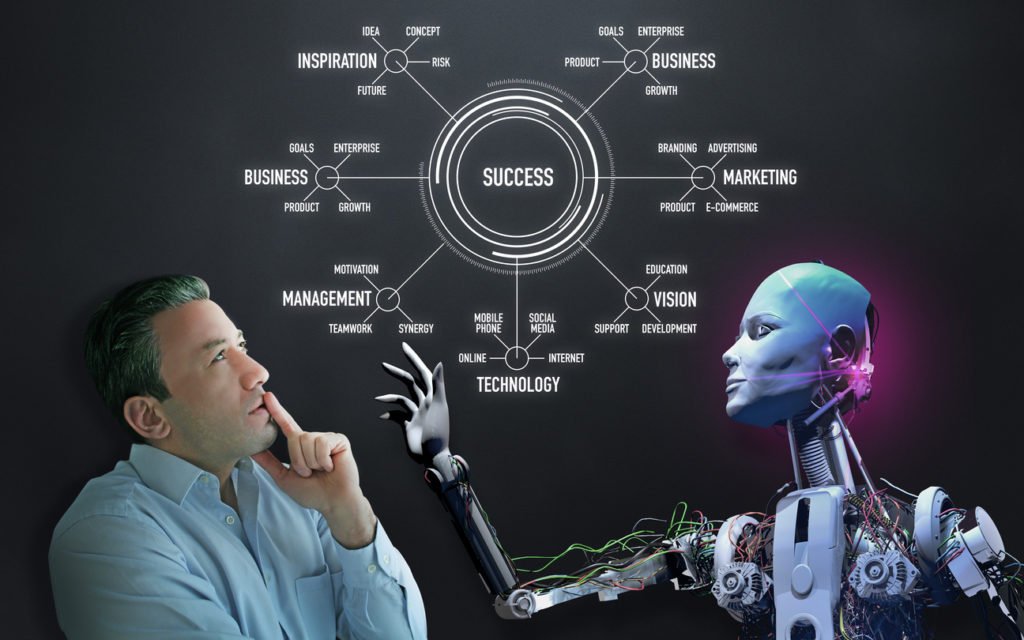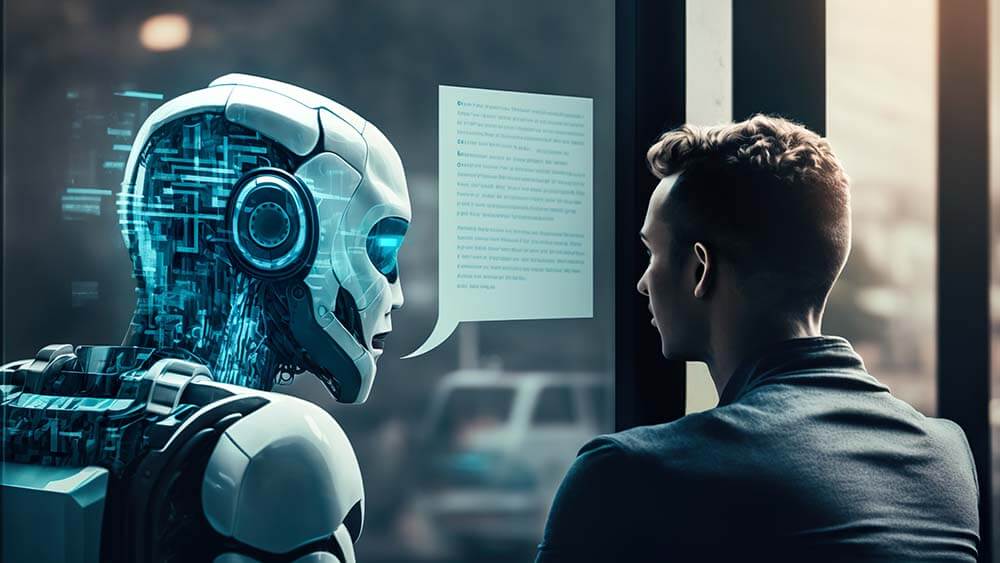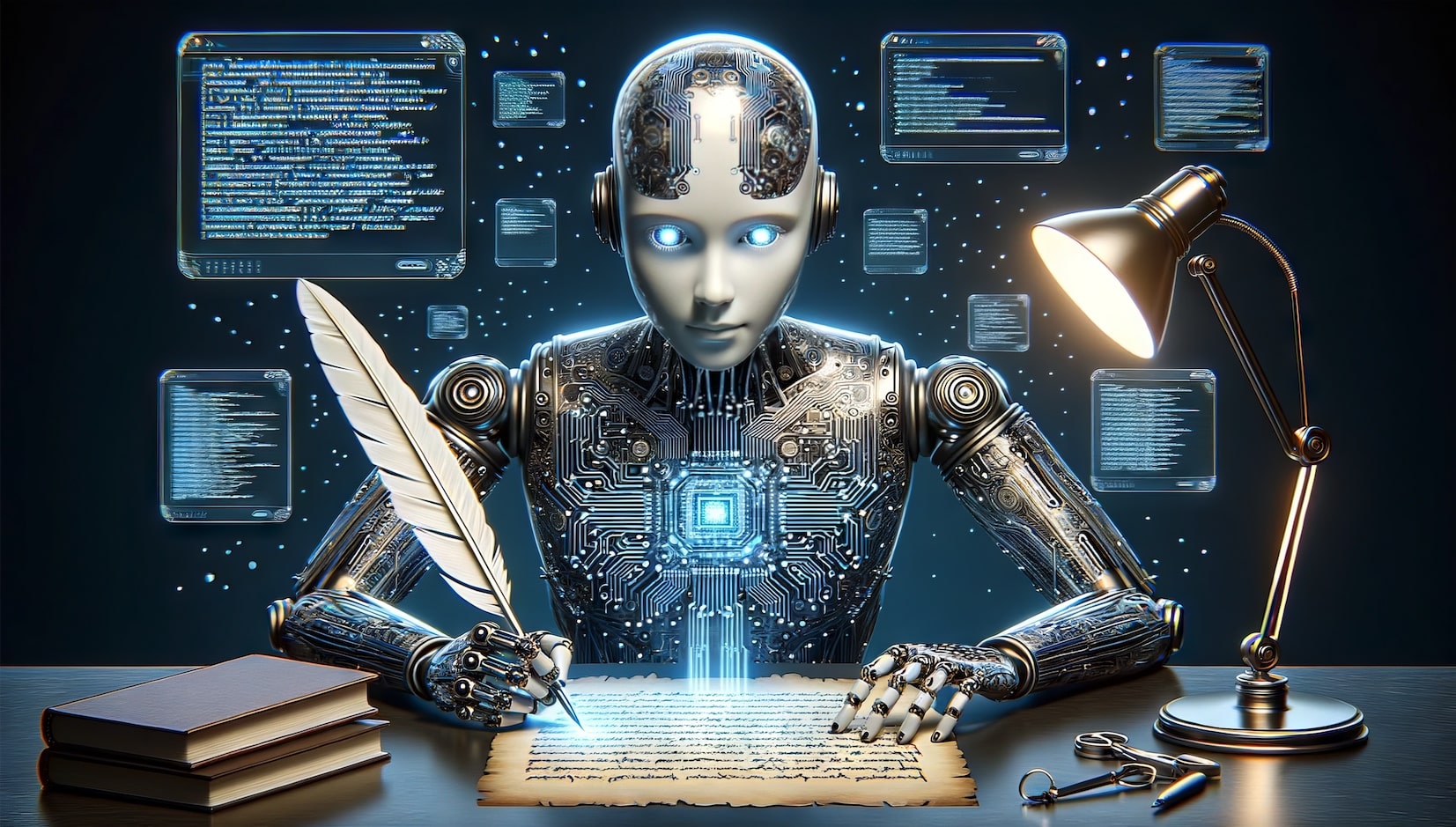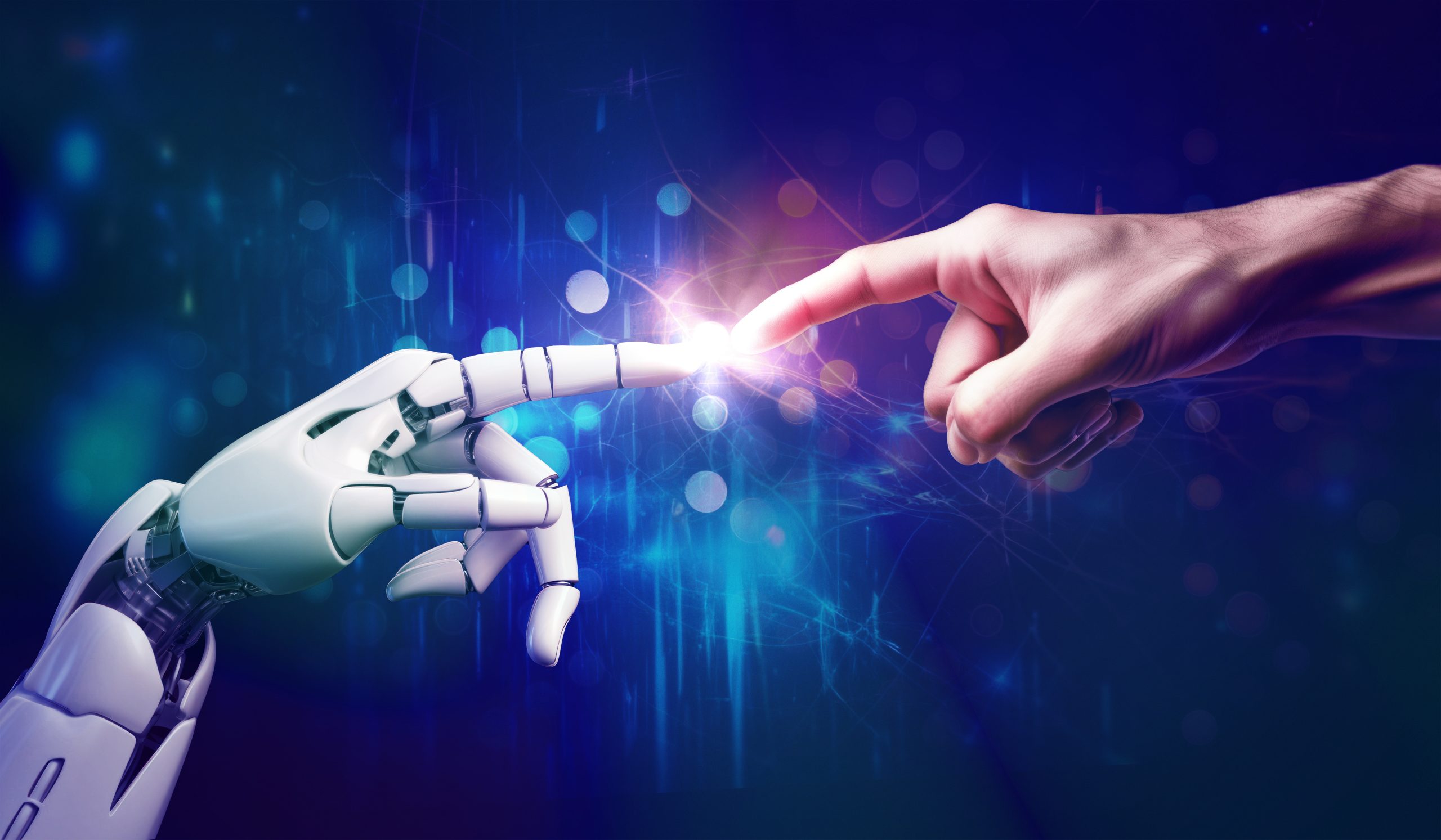AI copies human handwriting exactly like the real thing
With the rapid advancements of technology in the past few decades, it is no surprise that artificial intelligence (AI) has reached new heights when it comes to mimicking human abilities. From playing complex games to driving cars, AI has proven its capability to replicate human actions and thought processes. However, one aspect that has always been a challenge for AI is replicating human handwriting. That is until now. Thanks to the breakthrough research by UAE researchers, AI can now copy human handwriting exactly like the real thing.
The team of researchers at Mohamed bin Zayed University of Artificial Intelligence (MBZUAI) in Abu Dhabi, UAE, has developed an AI that can accurately mimic human handwriting. This groundbreaking development has been made possible by utilizing Vision Transformers, a type of neural network that analyzes smaller images, including writing. This article will delve into the details of this innovative technology and its potential implications.
The Evolution of AI Handwriting
Previous AI Methods
Previous attempts at creating AI that could replicate human handwriting have faced numerous challenges. One of the most commonly used methods was Generative Adversarial Networks (GANs), where two neural networks compete against each other, one generating fake handwriting and the other trying to detect if it is real or fake. While this approach produced some results, it struggled with replicating individual characters and connecting them together to form words. As handwriting is a continuous process, GANs proved to be inadequate in understanding the fluidity of human handwriting.

Vision Transformers
The breakthrough came when the MBZUAI team decided to use Vision Transformers instead of GANs. Vision Transformers are a type of neural network that uses self-attention mechanisms to analyze an entire image at once. This allows the AI to understand the text as a whole, rather than just individual characters. This approach gave the AI the ability to analyze how characters connect and form words, replicating the fluidity of human handwriting.
Results
The results of this research have been astounding. In a study conducted by MBZUAI, 81% of participants were unable to differentiate between handwritten text and text generated by the AI. This percentage is higher than any previous attempts at creating AI that could replicate human handwriting. This achievement marks a significant milestone in the field of AI and sets the stage for further advancements in the future.
Potential Concerns
While this breakthrough has opened doors for many possibilities, it has also raised some concerns. Rao Muhammad Anwer, a handwriting researcher, points out that handwriting is not just about forming characters but reflects a person’s unique style. Handwriting analysis has been used for centuries to understand an individual’s personality traits and emotions. With AI now able to replicate human handwriting accurately, there is a concern over its potential misuse.

While this advancement has unlocked numerous opportunities, it has also sparked certain apprehensions
Anwer states, “Handwriting is an expression of an individual’s thoughts and feelings. It reflects their personality, mood, and character.” He raises concerns about deploying this AI in situations where signatures or handwriting are used as legal evidence. The possibility of altering or forging someone’s handwriting using this AI technology can have severe implications. Additionally, there is a concern that this AI can be used to create fake documents or letters, leading to fraudulent activities.
Another valid concern is the impact this AI may have on individuals who make a living from their handwriting, such as calligraphers or sign writers. With AI able to replicate handwriting with such accuracy, it may devalue the skills and work of these professionals.
Potential Applications
Despite these concerns, the potential applications of this AI technology are vast. One area where it can prove to be beneficial is in preserving historical documents. Many ancient texts and manuscripts are written in cursive handwriting, making it difficult for modern readers to decipher. With the help of this AI, these documents can be converted into a more legible text without losing the essence of the original handwriting.
Moreover, this AI can also assist individuals with disabilities that make it challenging to write by hand. By scanning their written text, the AI can accurately replicate their handwriting, allowing them to communicate in their unique style. It can also aid in creating personalized fonts and signatures, making it easier for individuals to maintain consistency in their handwriting.
Ethical Considerations
As with any new technology, ethical considerations must be taken into account. The potential misuse of this AI has already been highlighted, but there are other aspects to consider as well. The use of this technology raises questions about privacy and ownership. If an individual’s handwriting can be replicated using this AI, who owns the rights to that replicated handwriting? Can it be used without their consent?

There are also concerns about data privacy and security. As this AI requires a large dataset of handwriting samples to learn from, the question arises about how this data will be collected, stored, and used. Safeguards must be put in place to ensure that individuals’ data is not misused or accessed without their knowledge.
Cultural Implications
While this AI has been developed by researchers in the UAE, its impact can be felt globally. Handwriting is a fundamental aspect of human communication, and each culture has its unique style and script. With AI now able to replicate handwriting accurately, there is a possibility of eroding cultural identities. For example, if everyone starts using the same font or handwriting style, will we lose the diversity and richness of different cultures?
There is also concern over language preservation. Many languages have become extinct, primarily due to lack of usage and documentation. With AI being able to replicate handwriting, there is a possibility of reviving these languages by converting them into typed text, making it easier for future generations to learn and understand.
The Future of AI Handwriting
The development of this AI technology has undoubtedly opened up a new world of possibilities. Its accuracy in replicating human handwriting is a testament to the advancements made in the field of AI. However, there is still room for improvement. As with any new technology, there are bound to be some limitations and challenges that need to be overcome.
One area where this technology can be further improved is by understanding the nuances of handwriting. While the current AI can replicate handwriting accurately, it may not be able to capture the subtle differences in handwriting between individuals. By incorporating more complex algorithms and techniques, this AI has the potential to recognize and replicate individual writing styles.
Conclusion
In conclusion, the breakthrough research by UAE researchers in creating an AI that can copy human handwriting exactly like the real thing marks a significant milestone in the field of AI. This achievement has opened doors for many potential applications in various fields while also raising concerns about its potential misuse. There is no denying that this AI technology has the capability to transform how we communicate and preserve our cultural heritage. However, ethical considerations must be taken into account, and safeguards must be put in place to prevent any potential misuse. As this technology continues to evolve, it will be interesting to see its impact on society and how it shapes the way we communicate in the future.










Post Comment